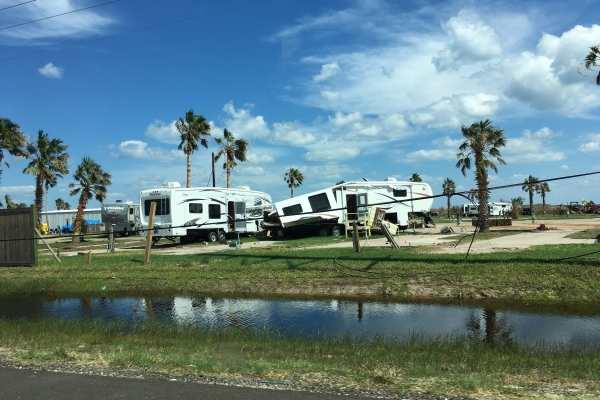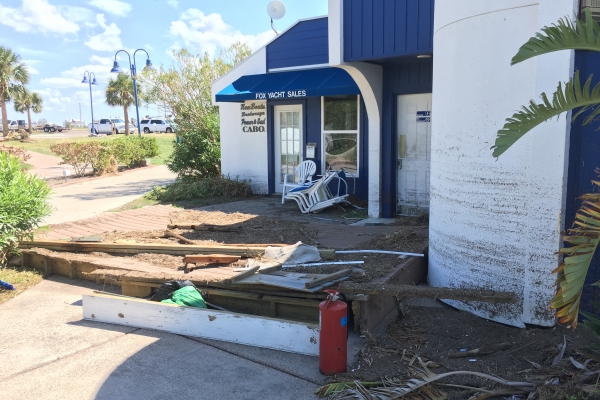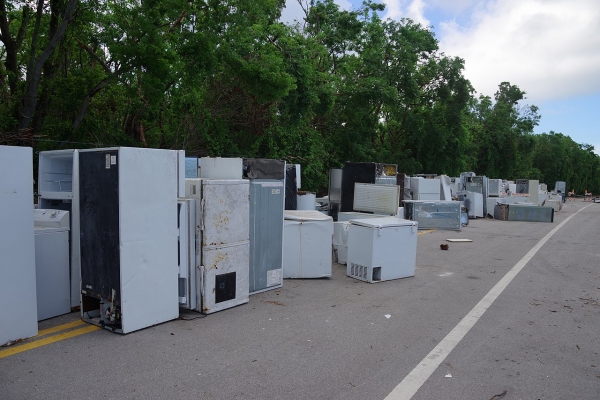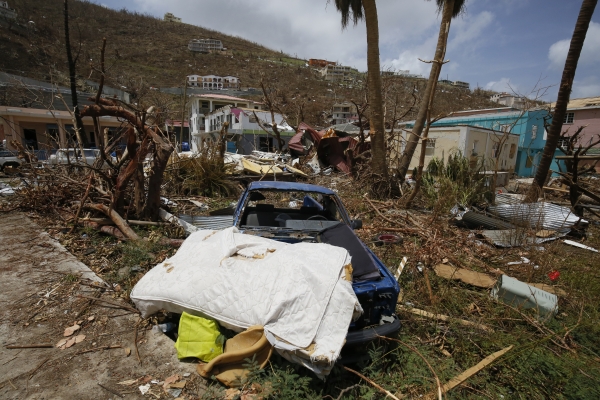Edited August 2024 to generalize an outdated timeframe and update links referenced.
Are you ready for the storm? Hurricane season runs from June 1 through November 30. Severe weather producing strong winds, rain, and storm surge can threaten your safety and property. If you live in an area potentially impacted by hurricanes, make sure to check out the National Hurricane Center for information on hurricane preparedness and how to keep you, your family, and home safe.
Unfortunately, hurricanes and severe storms can also generate large amounts of natural and man-made debris. Yard furniture, cars, boats, parts of homes, and fencing or docks can become dislodged and end up in waterways and the ocean during a storm. As you’re prepping for an incoming storm, keep this in mind and take some simple steps to secure your home, and reduce the creation of storm-related debris:
- Move any loose outdoor items indoors, including furniture, birdfeeders, decorations, and trash bins. These items may have the potential to blow away and become debris.
- For any items that can’t be stored indoors, be sure they are tightly secured
- Tie down trash and recycling bin lids so they can’t blow open during a storm.
- Pick up debris and litter in the neighborhood prior to a storm.
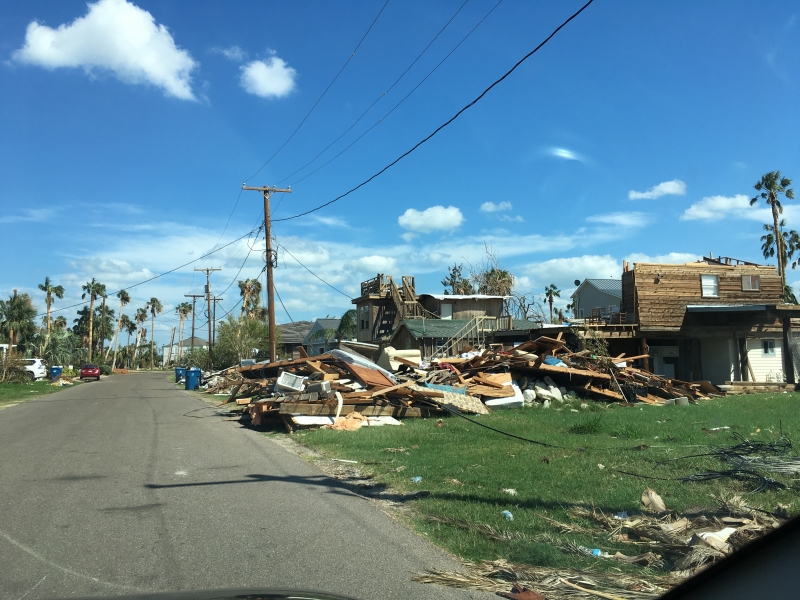
Effective preparedness requires constant attention and continuous improvement, not just when it comes to marine debris. Here at the National Ocean Service (NOS) we know disasters can strike at any time, and even the most prepared household or community can still be adversely impacted. With these realities at our doorstep we have to plan for the unexpected, the worst case scenario.
In 2017, NOS established the Disaster Preparedness Program (DPP), designed to support NOS and our partners to respond quickly and effectively to coastal storms and other natural or man-made disasters.
How does the DPP accomplish such a large task? Through planning, training, exercises and lessons learned. DPP provides the framework and tools necessary for decision makers to plan for, respond to and recover from disasters as quickly as possible.
The DPP works year round to ensure that NOS is prepared by providing the following services:
- Ensuring NOS emergency plans are up-to-date and feasible.
- Providing instructor-led emergency preparedness, incident coordination, response and recovery training to NOAA field responders, federal agencies and partners.
- Developing and supporting annual exercises that increase readiness for hazard response and recovery operations.
- Ensuring an optimal NOS response posture through emergency response evaluations and improvement.
While we cannot always prevent natural or human caused disasters, we can reduce their impacts. Ask yourself the question: are you prepared? Do you have a plan?

